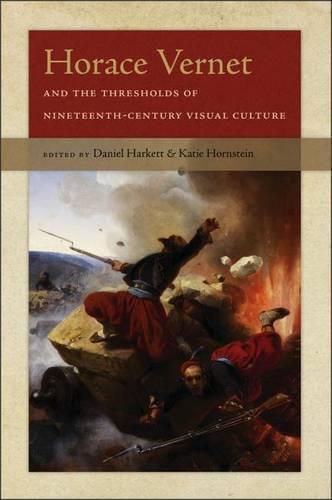Readings Newsletter
Become a Readings Member to make your shopping experience even easier.
Sign in or sign up for free!
You’re not far away from qualifying for FREE standard shipping within Australia
You’ve qualified for FREE standard shipping within Australia
The cart is loading…






This collection reconsiders the life and work of Emile Jean-Horace Vernet (1789-1863), presenting him as a crucial figure for understanding the visual culture of modernity. The book includes work by senior and emerging scholars, showing that Vernet was a multifaceted artist who moved with ease across the thresholds of genre and media to cultivate an image of himself as the embodiment of modern France. In tune with his times, skilled at using modern technologies of visual reproduction to advance his reputation, Vernet appealed to patrons from across the political spectrum and made works that nineteenth-century audiences adored. Even Baudelaire, who reviled Vernet and his art and whose judgment has played a significant role in consigning Vernet to art-historical obscurity, acknowledged that the artist was the most complete representative of his age. For those with an interest in the intersection of art and modern media, politics, imperialism, and fashion, the essays in this volume offer a rich reward.
$9.00 standard shipping within Australia
FREE standard shipping within Australia for orders over $100.00
Express & International shipping calculated at checkout
This collection reconsiders the life and work of Emile Jean-Horace Vernet (1789-1863), presenting him as a crucial figure for understanding the visual culture of modernity. The book includes work by senior and emerging scholars, showing that Vernet was a multifaceted artist who moved with ease across the thresholds of genre and media to cultivate an image of himself as the embodiment of modern France. In tune with his times, skilled at using modern technologies of visual reproduction to advance his reputation, Vernet appealed to patrons from across the political spectrum and made works that nineteenth-century audiences adored. Even Baudelaire, who reviled Vernet and his art and whose judgment has played a significant role in consigning Vernet to art-historical obscurity, acknowledged that the artist was the most complete representative of his age. For those with an interest in the intersection of art and modern media, politics, imperialism, and fashion, the essays in this volume offer a rich reward.